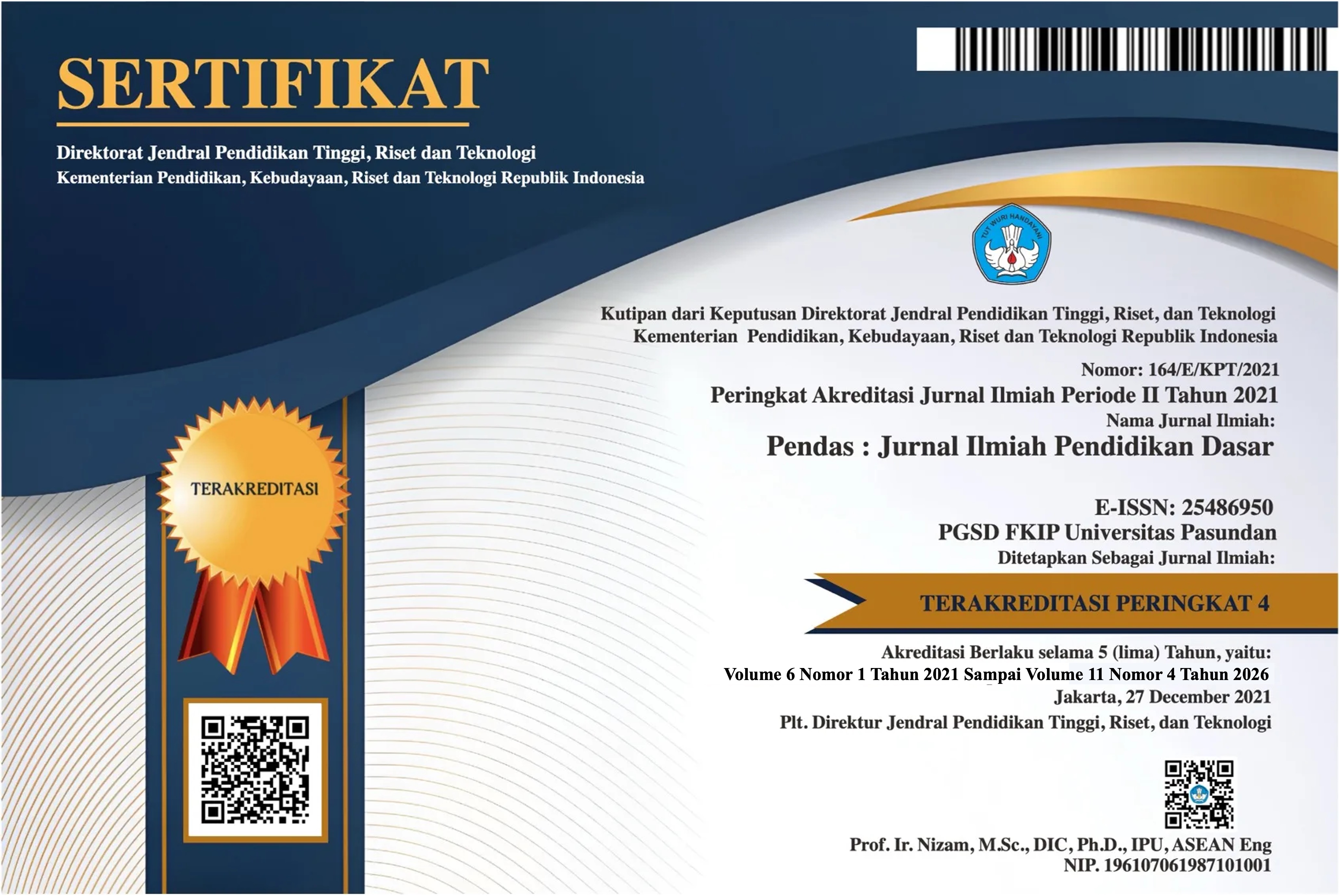EXPLORING SARCASM EXPRESSIONS USED AMONG SUMBAWANESE SPEECH COMMUNITY
DOI:
https://doi.org/10.23969/jp.v9i2.13637Keywords:
Sarcasm expression, Sumbawanese community.Abstract
This study aims to analyze the use of sarcasm across different social contexts within the Sumbawanese speech community. The study used the Pragmatic Models: Conversational Implicature by Grice (1967, 1975; Grundy, 2000) theory. The sources of the data in this research were the daily conversations of Sumbawa people. The data was collected by doing procedures such as observations, interviews, notes, recording, books, and more. The data was analyzed by using thematic coding with following steps: identifying, classifying, describing, and giving conclusion. The result of this study showed that Sarcasm is an important aspect of communication in Sumbawa, and it is often used to criticize, ridicule, or mock someone's bad behavior. It can also be used to give advice or to humorously comment on a situation. Animal imagery, descriptions of human physical appearance, references to nature, and attitudes toward human behavior are all common elements of Sumbawan sarcasm. The context in which sarcasm is used varies, with different styles and approaches used in the family, society, and the work environment.
Downloads
References
Avelino, F. (2021) Theories of power and social change. Power contestations and their implications for research on social change and innovation, Journal of Political Power, 14:3, 425-448, DOI: 10.1080/2158379X.2021.1875307
Cutting, J. (2002). Pragmatics and Discourse : A Resource book for students. London: Routledge
Taylor, S. J., & Bogdan, R. (1998). Introduction to qualitative research methods: A guidebook and resource (3rd ed.). John Wiley & Sons Inc.
Badara, A. (2018). Stand-up Comedy Humor Discourse in Local Perspective in Indonesia. International Journal of Applied Linguistics and English Literature.
Cahyani, Emma Hadiana. (2017). A Study of Sarcasm in the American Sitcom The Big Bang Theory. (Sanata Dharma University, Yogyakarta). Retrieved July 21,2021, from https://repository.usd.ac.id/12909/2/131214086_full.pdf
Camp, Elizabeth. 2011. Sarcasm, Pretense, and The Semantics/Pragmatics Distinction. Nous Journal. Vol.2, No.822. pp 1-48.
Campbell, S., Greenwood, M., Prior, S., Shearer, T., Walkem, K., Young, S., Walker, K. (2020). Purposive sampling: complex or simple? Research case examples. Journal of Research in Nursing, 174498712092720. doi:10.1177/1744987120927206
Tama, E.Y. Asyhar, M., Hidayat, R. (2023) Sarcasm of Bajo Language in West Sumbawa (Sarkasme Bahasa Bajo di Kabupaten Sumbawa Barat). Jurnal Pendidikan Bahasa dan Sastra Indonesia, FKIP, Universitas Mataram
Cheang, Henry S & Pell, Marc D.2008. The Sound of Sarcasm. Speech Communication Vol.50. pp 366–381. Accessed on Sunday, December 18, 2022.
Crossman, A. (2020). An Overview of Qualitative Research Methods. Retrieved May 15, 2022, from https://www.thoughtco.com/qualitative-research- methods-3026555
Kim, Jiyun. (2013). Developing Conceptual Understanding of Sarcasm in a Second Language Through Concept-Based Instruction. The Pennsylvania State University.
Morgan, M. (2014). What are speech communities? In Speech Communities (Key Topics in Linguistic Anthropology, pp. 1-17). Cambridge: Cambridge University Press.
Melawati, Laela Putriana. (2021). An Analysis of Sarcasm in Marvel’s Movie “Venom”. (Universitas Sains Al-Qur’an Jawa Tengah). Retrieved August 6th,2022, from https://doi.org/https://doi.org/10.32699/cllient.v3i1.2855
Muharrami, U. (2021). Sarcasm Identification of Batak Toba Culture in the Mandok Hata New Year Celebration. Annual International Conference on Language and Literature (AICLL). Available at https://knepublishing.com/index.php/KnE-Social/article/view/8720/14697
Oteng Acheampong, D., & Kwarteng, M.A. (2021). A Pragmatic Analysis of Impoliteness in Selected Ghanaian Social Interactions. Journal of English Language Teaching and Applied Linguistics.
Pasa, Tirta Atma. (2020). An Analysis of Sarcasm on Hate Speech Utterances on Instagram Account “Just Jared”. (University Of Mataram, Mataram). Retrieved December 16th, 2022 from the FKIP library.
Yap, F.H., Chan, A.S., & Wai, B.L. (2018). Constructing political identities through characterization metaphor, humor and sarcasm : an analysis of the 2012 legislative council election debates in Hong Kong.
Fitch, K. (2006). Diana Boxer, Applying sociolinguistics: Domains and face-to-face interaction. Language in Society, 35(1), 140-143. doi:10.1017/S0047404506230057
Kreuz, R. J., & Roberts, R. M. (1995). Two cues for verbal irony: Hyperbole and the ironic tone of voice. Metaphor & Symbolic Activity, 10(1), 21–31
Shamay-Tsoory, S.G. Adler, N. Aharon-Peretz, J. Perry, D. Mayseless, N. (2011) The origins of originality: The neural bases of creative thinking and originality, Neuropsychologia, Volume 49, Issue 2, pp. 178-185,
Norrick, N. R., & Chiaro, D. (2009). Humor in interaction. John Benjamins Pub. Co.
Downloads
Published
Issue
Section
License
Copyright (c) 2024 Pendas : Jurnal Ilmiah Pendidikan Dasar

This work is licensed under a Creative Commons Attribution 4.0 International License.



















